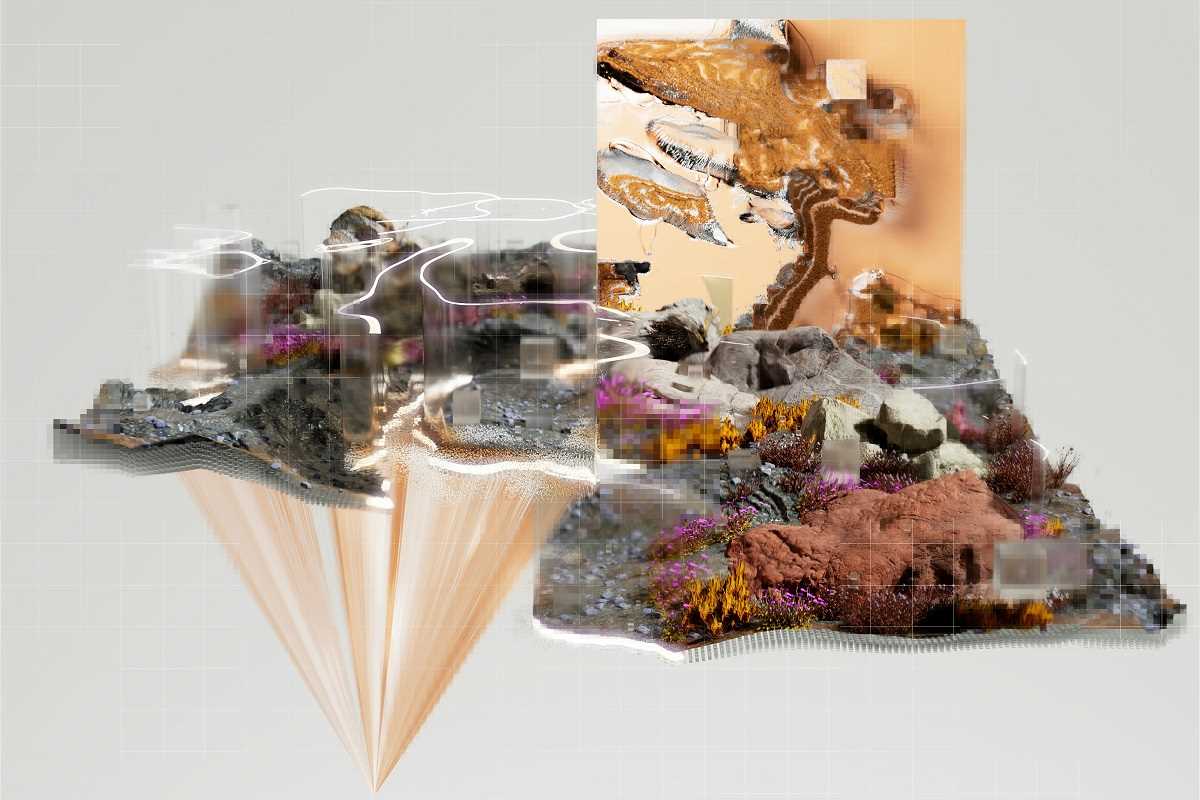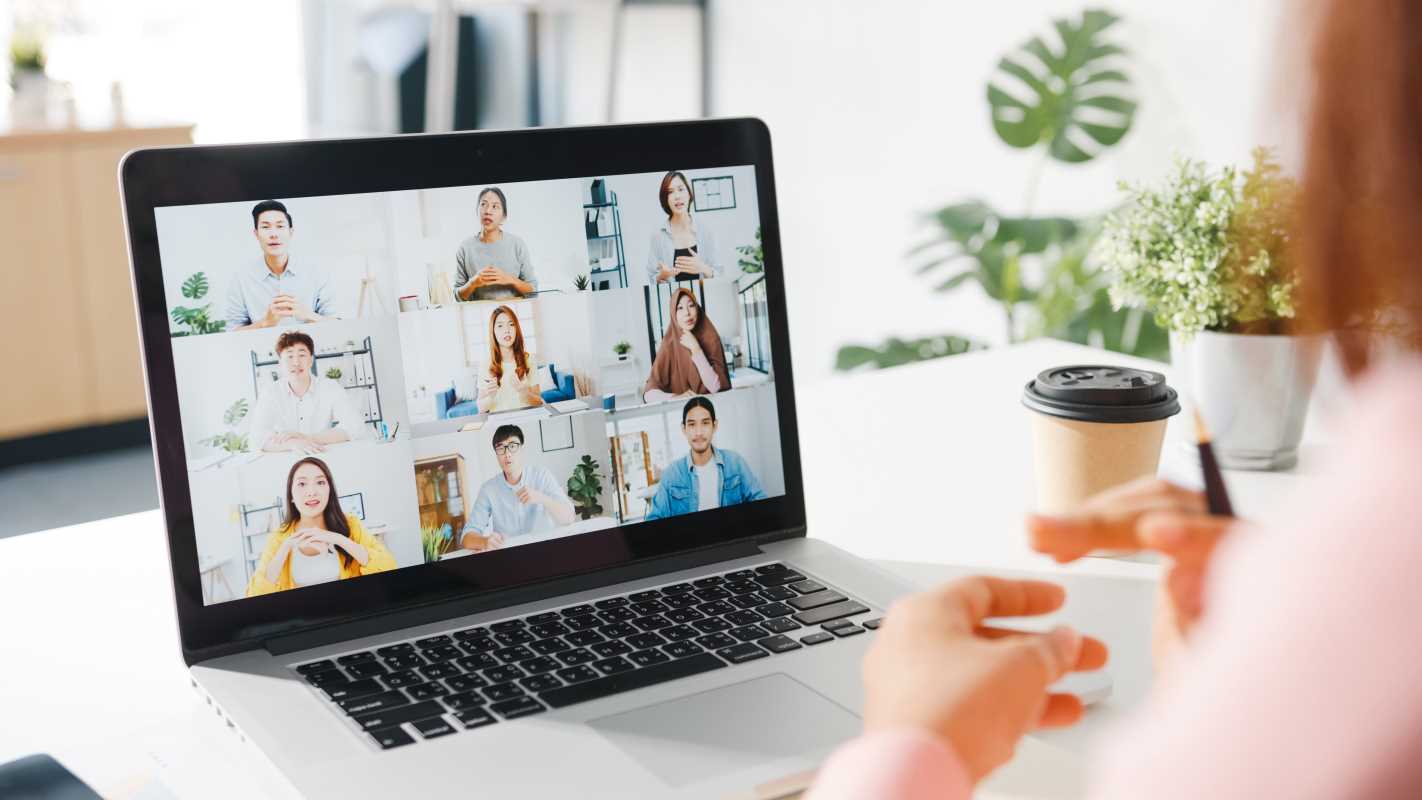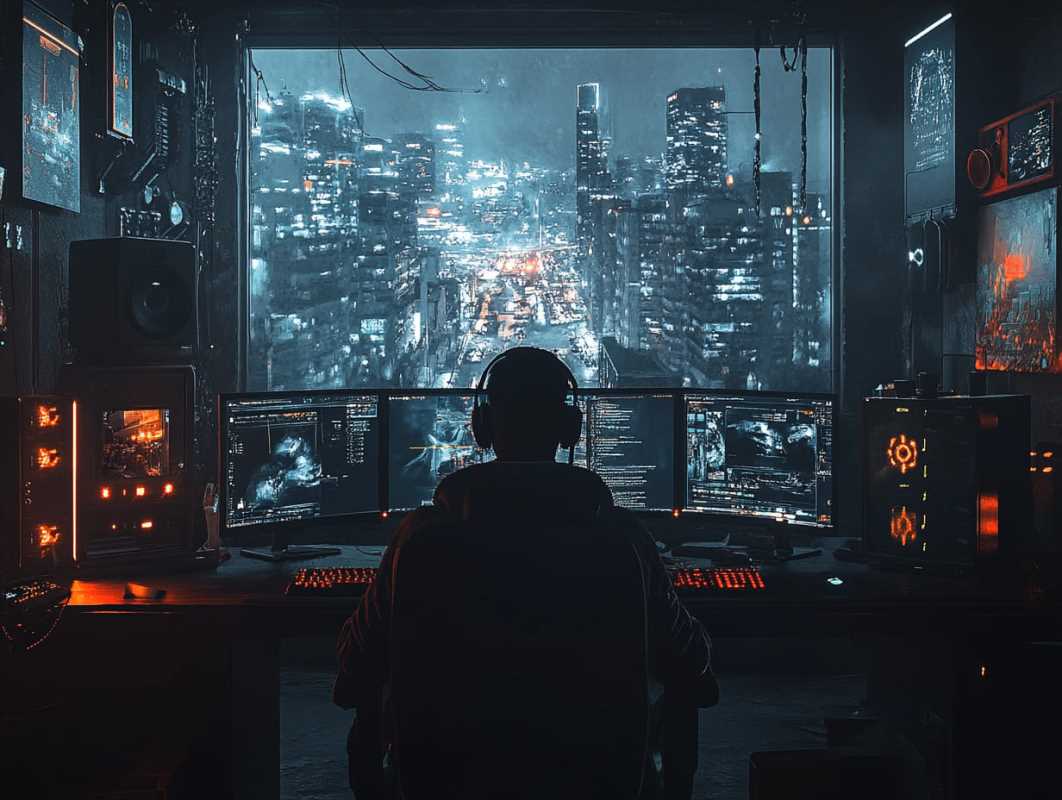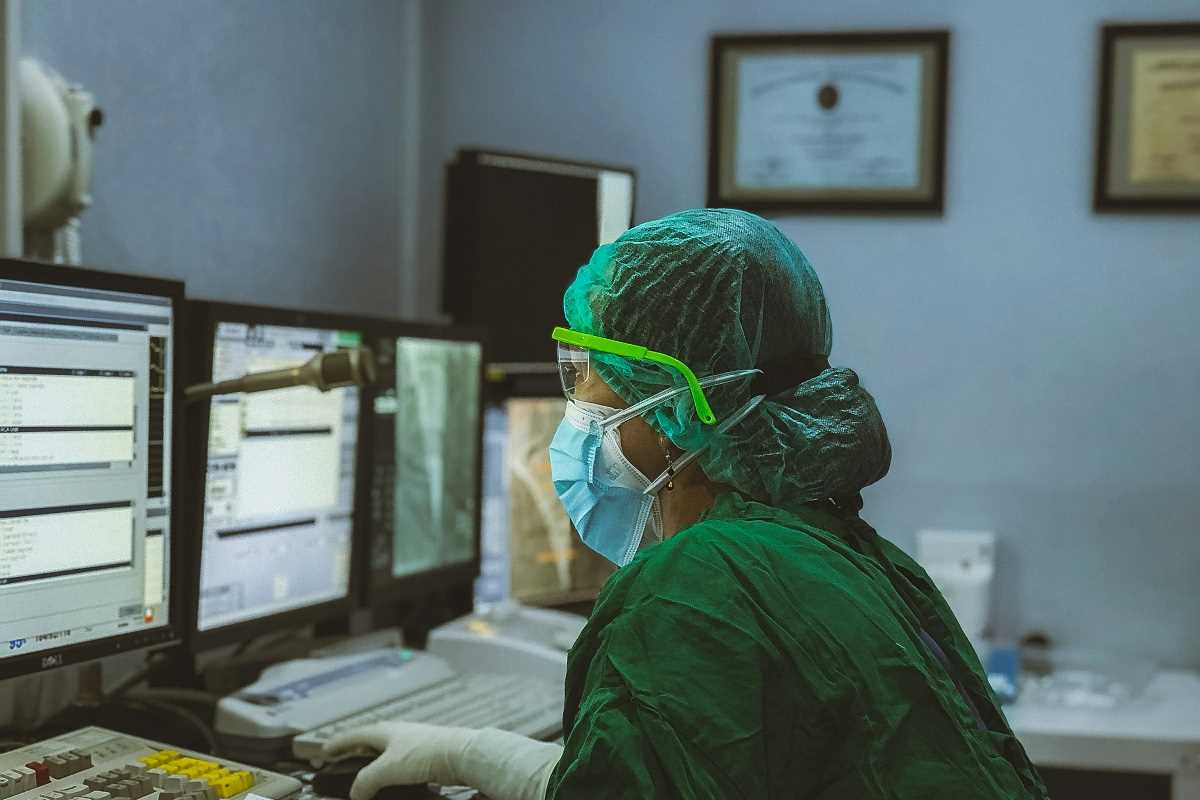Picture this: You’re designing a city, but instead of starting with bulldozers and cranes, you begin with a virtual replica that's as detailed and dynamic as the real thing. You can test ideas, troubleshoot problems, and even foresee issues years before they arise, all without breaking ground. Sounds like science fiction, right? Not anymore. Digital twins are turning these visions into reality, reshaping the way cities are planned, built, and maintained.
Digital twins are revolutionizing urban planning and smart infrastructure. But what exactly are they, and why are they causing such a buzz in industries worldwide? We’re unpacking it all right here, breaking down the technical jargon so you can see firsthand why digital twins are becoming indispensable.
What Are Digital Twins?
A digital twin is a high-tech replica of a physical asset, system, or environment. But it’s more than just a fancy 3D model. It’s a living, interactive duplicate that uses real-time data from sensors, cameras, and devices to stay synchronized with its physical counterpart.
Here’s an easy way to think of it:
- Picture a bridge outfitted with sensors that monitor stress, vibration, and temperature. The digital twin of this bridge collects and analyzes this input in real time. Engineers can use it to predict when and where repairs will be needed, optimizing maintenance schedules and improving safety.
- Now expand this concept from a single bridge to an entire city. A digital twin of a city can show how traffic flows, buildings age, energy is consumed, and even how climate change might impact the area.
Digital twins use data to simulate scenarios, offering valuable insights into what’s happening now and what might happen in the future. This foresight is a complete game-changer for urban planning and infrastructure management.
Key Technologies Driving Digital Twins
Three main technologies make digital twins possible:
- Internet of Things (IoT): IoT devices collect data from the physical world. Sensors embedded in infrastructure provide the real-time feedback digital twins rely on to stay updated.
- Artificial Intelligence (AI) and Machine Learning (ML): AI helps analyze the mountains of data generated, creating predictive models and actionable insights.
- Cloud Computing: The massive computing power of the cloud enables data storage, analysis, and sharing across platforms, making digital twins scalable.
It’s the combination of these technologies that turns a static 3D model into a dynamic tool capable of impacting real-world decisions.
Why Are Digital Twins Important for Urban Planning?
When it comes to urban planning, success hinges on understanding complexity. Cities are intricate ecosystems. Any small change to one element, like adding a bus lane or constructing a new skyscraper, sends ripple effects through the entire system. Digital twins help planners grasp these complexities and make smarter, evidence-backed decisions.
1. Smarter Building Design
Designing new buildings is a high-stakes challenge, especially as urban populations grow and space becomes a premium. Digital twins allow architects and engineers to simulate how a structure will behave under different conditions, such as extreme weather, vibrations, or temperature fluctuations.
Example:
- By creating a digital twin of a high-rise before construction begins, planners can test the wind resistance of various materials. Not only does this reduce risks, but it also ensures buildings are optimized for long-term durability and energy efficiency.
This approach also helps incorporate environmental concerns, like managing heat islands in urban areas or planning for proper ventilation. The result? Better buildings that meet human needs while minimizing environmental impact.
2. Optimizing Energy Use
Climate change pressures cities to cut carbon emissions and adopt renewable energy solutions. Digital twins provide an unparalleled advantage in this area. They simulate energy flow and consumption, revealing where inefficiencies exist.
Example:
- Planners can test how adding renewable energy sources like solar panels or wind turbines will affect energy grids. They can also predict how upgrading to energy-efficient HVAC systems in government buildings will impact overall energy use.
By reducing redundancies and optimizing energy use on a grand scale, digital twins contribute significantly to green urban living.
3. Improving Traffic Flow
Traffic jams cost time, money, and sanity. Planners have long struggled to anticipate how to design roads to meet changing demand. Digital twins offer an elegant solution.
Real-World Impact:
- Los Angeles uses digital twins to simulate its highway systems. Planners adjust theoretical traffic flow scenarios, test impacts of changes like toll lanes or improved bike infrastructure, and roll out solutions based on hard data.
The ability to test various "what-if" scenarios before implementing changes reduces trial-and-error in real life, saving cities time and headaches.
4. Disaster Preparedness
Extreme weather and natural disasters are inevitable, but their damage is not. Emergency planners use digital twins to simulate worst-case scenarios and test responses. From hurricanes to power outages, planners can map how disasters will impact local infrastructure and refine their preparedness plans accordingly.
Example:
- Flood-prone cities can use digital twins to simulate rising water levels and pinpoint critical areas like hospitals and power lines. Knowing when and where systems are likely to fail gives local authorities more time to act, potentially saving lives.
With climate change increasing the frequency of these events, this application of digital twins is becoming urgent worldwide.
How Digital Twins Support Smart Infrastructure
Smart infrastructure refers to interconnected systems designed to gather and analyze real-time data. When paired with digital twins, they become even more effective at maintaining efficiency, safety, and sustainability.
Real-Time Monitoring and Proactive Maintenance
Digital twins not only display conditions as they are but also predict when issues will arise. They’re used in everything from bridges to energy grids to water systems.
Example:
- Airports like Heathrow use digital twins to monitor baggage handling systems. Breakdowns are flagged ahead of time, reducing disruptions and ensuring seamless operations.
This concept applies far beyond airports. A well-maintained bridge or power substation saves money over time and minimizes accidents.
Efficient Utilities Management
Utility systems like water distribution and power grids are lifelines for cities. Digital twins help optimize resource use and detect inefficiencies.
Example:
- A water treatment plant might use a digital twin to simulate demand during drought conditions. Adjustments can then be made in advance to ensure long-term sustainability without supply shortages.
By balancing these systems, cities can reduce waste, lower costs, and meet future demand reliably.
Scaling Urban Development Responsibly
As cities grow, challenges like housing shortages or water scarcity emerge. Smart infrastructure paired with digital twins helps planners manage resources effectively without overextending their capacity.
For example, planners in Helsinki used a digital twin to simulate population growth over two decades. This model ensured that housing, utilities, and transportation infrastructures would scale without overwhelming the city's core systems.
Examples of Digital Twins in Action
This technology has already crossed from concept into reality, providing tangible results in cities worldwide.
- Singapore’s Virtual Singapore: This fully operational digital twin helps with everything from analyzing pedestrian movement patterns to testing solar panel placements across neighborhoods.
- Shanghai’s Smart City Twin: Shanghai created a digital model capable of monitoring its underground infrastructure, streamlining the repair of utilities like water supply and sewage.
- Renault Factories in France: Beyond urban examples, Renault uses digital twins to optimize their manufacturing plants, improving productivity while reducing energy use.
These examples demonstrate the vast potential of digital twins—not just for governments but also for private companies aiming to optimize operations.
The Future of Digital Twins
What’s next for digital twins? The possibilities are staggering. Here’s how this technology might evolve:
1. Integration with AI and Machine Learning
Planners can already model "what-if" scenarios, but AI will make forecasting even sharper. Imagine a city’s digital twin that not only predicts traffic but suggests real-time fixes based on AI-generated insights.
2. Global Data Sharing
With climate and urban challenges transcending borders, cities around the globe could collaborate using shared data from their digital twins. This international data-sharing effort might uncover solutions applicable on a planetary scale.
3. Enhanced Citizen Engagement
What if a local government used a digital twin to show residents, in real time, how a project would change their commute or neighborhood? This level of transparency could enable more effective community participation in urban planning processes.
4. Improved Resource Allocation
Combining digital twins with blockchain could track resources more precisely, cutting down on corruption and delays in large public works projects.
By integrating more advanced tech into digital twins, the future of planning and infrastructure looks smarter, faster, and more inclusive.
Digital twins are transforming how our cities are planned, built, and maintained.
 (Image via
(Image via





